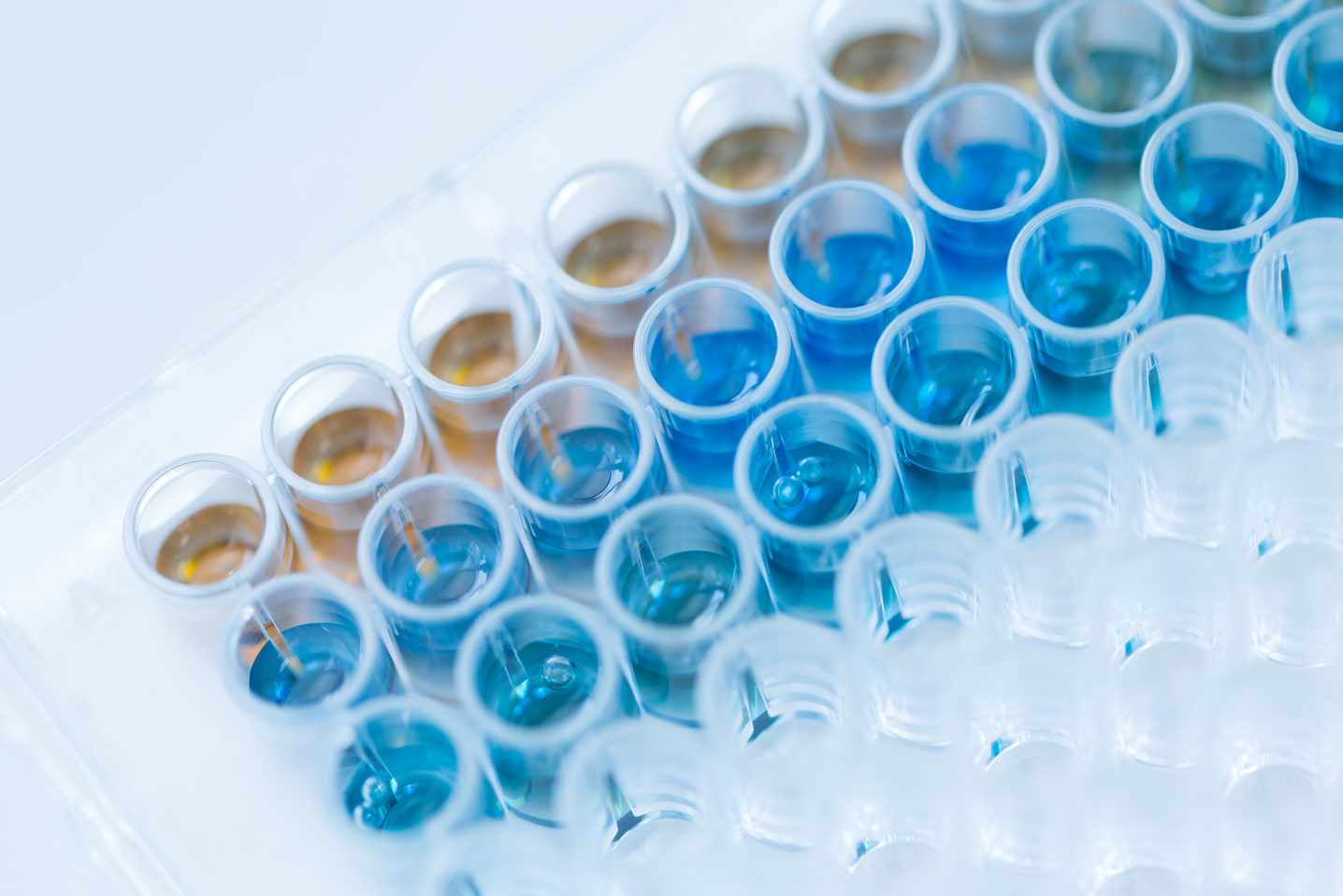
Inaphaea BioLabs’ collaboration partner DefiniGEN provides technology to revolutionise liver models for drug efficacy and toxicology screening, utilising a platform that enables the large-scale generation of hepatocyte-like cells (Opti-HEP) with comparable functionality to primary human hepatocytes.
To find out more, we sat down with Heidi Kingdon Jones, Chief Business Officer at DefiniGEN to discuss the company’s work and capabilities, as well as its partnership with Inaphaea.
Tell us more about your in vitro liver cell assay services – what are they used for and why are they unique?
DefiniGEN can produce iPSC-derived hepatocytes (Opti-HEP) that have been extensively optimised and characterised. These are mature, mechanistically and physiologically relevant iPSC-derived cells that are comparable to primary human hepatocytes. Furthermore, these cells can be genetically modified to create models of liver disease. These liver disease cell models are then used to assess drug efficacy and toxicity through a plethora of cell-based assays, including metabolic-related readout (e.g., albumin/glucose/bile acid secretion, glycogen/lipid storage), cell viability, cytotoxicity, and oxidative stress assays accompanied by immunofluorescence- and immunocytochemistry-related assays for our targets of interest. In addition, we build bespoke in vitro bioassays to further evaluate the effect of novel therapeutics in cell metabolism and health using our liver cell models.
We can generate an unlimited number of cells that originate from a single donor, eliminating the uncontrolled donor variability that is often observed with primary human hepatocytes. This ensures that any assays developed with our cells are highly robust. Furthermore, we can offer Opti-HEP generated from our diverse donor panel, representing different ethnic backgrounds and reflective of various environmental factors, where population diversity needs to be explored but also well controlled.
We believe DefiniGEN’s Opti-HEP will ultimately reduce the use of animals in toxicity testing, de-risk drug development, and ensure better results from clinical trials.
How do you integrate CRISPR/Cas9 technology into your services and what benefits does it bring?
Integrating CRISPR technology into our services allows us to take our hepatocytes one step further and generate disease phenotypes for liver diseases, including Alpha-1 antitrypsin deficiency, urea cycle disorders, Wilson’s disease, or familial intrahepatic cholestasis. Crucially, we can also introduce risk-associated mutations that are associated with Metabolic Dysfunction-Associated Steatotic Liver Disease (MASLD), a ticking-time/health bomb that now affects 1 in 3 people. Using our models, clients can screen their therapeutics for potential hits or leads, or assess their toxicity profiles in the disease state, now offering cell systems that better reflect disease pathophysiology. Essentially, what we’re aiming to do is create models that recapitulate what is seen in the human body, whether it’s a liver disease model or healthy Opti-HEP themselves.
Could you talk about your involvement with The 3Rs Collaborative Microphysiological Systems (MPS) initiative?
We are excited to have recently joined the MPS initiative, contributing to the critical effort to replace or reduce animal use in research. By developing microphysiological systems (MPS), we can mimic whole tissues and provide even more valuable data for drug development. Initially, we are planning to derive several hepatic cell types from a single donor. In addition, we will utilise our diverse donor panel to create additional MPS, with controlled variability – a crucial factor for successful drug development.
Which projects at DefiniGEN are you most excited about?
I’m very excited about the prospect of our MASLD model. This came about as we were successful in making iPSC-derived hepatic stellate cells, a cell type that is not easy to generate. Even better, these cells are quiescent, so not activated upon their generation. This is an industry-first – nobody else can make these quiescent hepatic stellate cells, which can then be activated by physical or pharmaceutical stimuli. We are now offering these cells for anti-fibrotic drug screening. If we can combine these cells with our hepatocytes into a relevant physiological system, this should lead to better outcomes in the drug development process with fewer failures at a late stage.
Why did you choose to partner with Inaphaea BioLabs and how do you work together?
Partnering with Inaphaea was an easy decision for us. It is an excellent company with leading expertise in oncology and women’s health. Working with industry partners allows our clients to take the best of what each partner offers and empowers them with greater choice during the early stages of their drug development journeys.
Find out more about DefiniGEN here.
